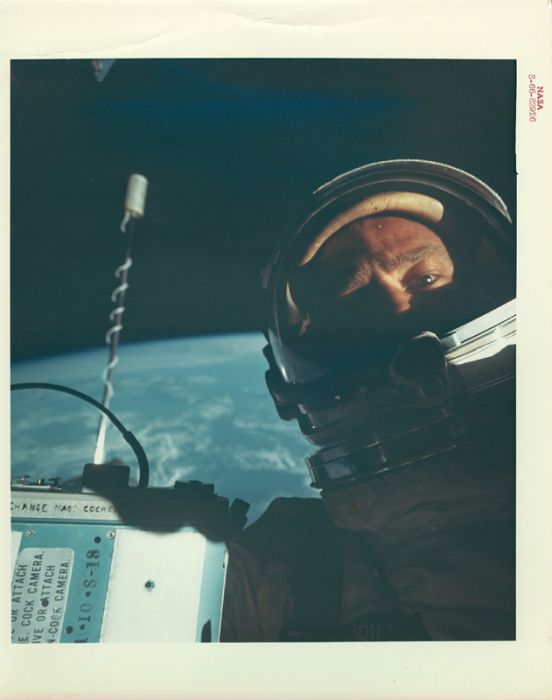|
|
History: NASA Archive Photography
|
The second manned mission, Apollo 8, brought astronauts for the first time in a flight around the Moon. This happened in December 1968. Shortly before, the Soviet had sent an unmanned spacecraft around the Moon but they never managed to do more than that. On the next two missions docking maneuvers that were needed for the Moon landing were practiced and then finally the Moon landing was made on the Apollo 11 mission in July 1969. In 1961 President Kennedy had introduced the Apollo Program and set the deadline for a successful Moon landing at the end of the same decade. It was done by a narrow margin.
The first person to stand on the Moon was Neil Armstrong and after him Buzz Aldrin while Michael Collins orbited above. Five subsequent Apollo missions also landed astronauts on the Moon, the last in December 1972. In these six Apollo spaceflights twelve men walked on the Moon. These missions returned a wealth of scientific data and 381.7 kilograms (842 lb) of lunar samples. Experiments included soil mechanics, meteoroids, seismic, heat flow, lunar ranging, magnetic fields, and solar wind experiments. The Moon landing marked the end of the space race and as a gesture, Armstrong mentioned mankind when he stepped down on the Moon.
Apollo set major milestones in human spaceflight. It stands alone in sending manned missions beyond low Earth orbit, and landing humans on another celestial body. Apollo 8 was the first manned spacecraft to orbit another celestial body, while Apollo 17 marked the last moonwalk and the last manned mission beyond low Earth orbit. The program spurred advances in many areas of technology peripheral to rocketry and manned spaceflight, including avionics, telecommunications, and computers. Apollo sparked interest in many fields of engineering and left many physical facilities and machines developed for the program as landmarks. Many objects and artifacts from the program are on display at various locations throughout the world, notably at the Smithsonian's Air and Space Museums.
|
|









